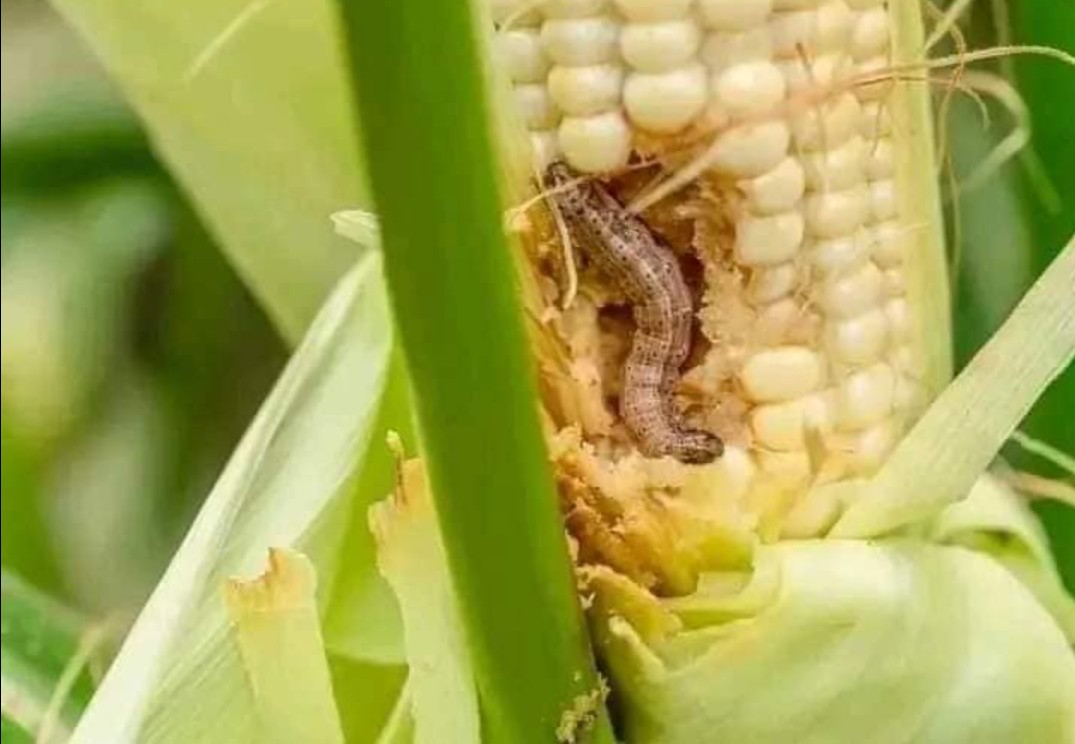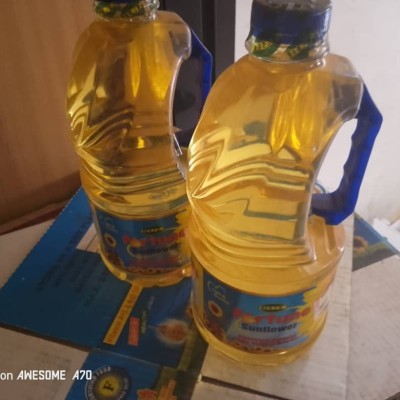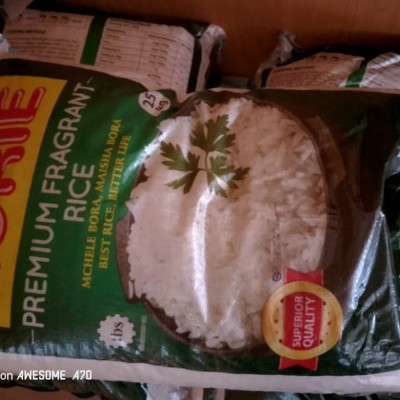Maize farmers please pay close attention!
LET'S TALK about Armyworms 🐛TODAY!
Armyworms, particularly the fall armyworm (Spodoptera frugiperda), can be a significant pest for maize (corn) farms. They are known for their voracious feeding behavior and can cause substantial damage to crops. This is what you should know about armyworms in maize farming:
🐛 Armyworms feed on maize leaves, silks, and kernels. Their feeding will always lead to reduced yields, poor crop quality, and even crop failure if infestations are severe.
🐛 Adult armyworms are moths, while the larvae (caterpillars) are the stage that causes damage. The larvae can be green, brown, or striped, and they often move in groups, which is why they are called "armyworms."
Here is the life Cycle: The fall armyworm goes through four life stages: egg, larva (caterpillar), pupa, and adult moth. The larvae are the damaging stage and can move in large numbers across fields, resembling a marching army.
Here are effective Management Strategies:
Effective management includes a combination of strategies:
1. Monitoring: Scout your field regularly to detect early infestations.
2. Biological Control: Introducing natural predators or parasitoids. These are natural enemies you can introduce: trichogramma wasps, spiders, predatory beetles, birds, beneficial nematodes, such as Steinernema and Heterorhabditis, can parasitize armyworm larvae in the soil.
3.Chemical Control: Using insecticides, e.g., bifenthrin, cypermethrin, imidacloprid, methomyl etc, do this judiciously to avoid resistance development.
4. Cultural Practices: Crop rotation, removing crop residues, and planting pest-resistant maize varieties.
5. Prevention: Preventive measures include using pheromone traps for early detection, applying preventative insecticide treatments, promote practices that support natural enemies of the armyworm.
Proper management requires timely interventions and a comprehensive approach combining various control methods to minimize the impact on your maize crops.






